★★★½
“What the title says.”
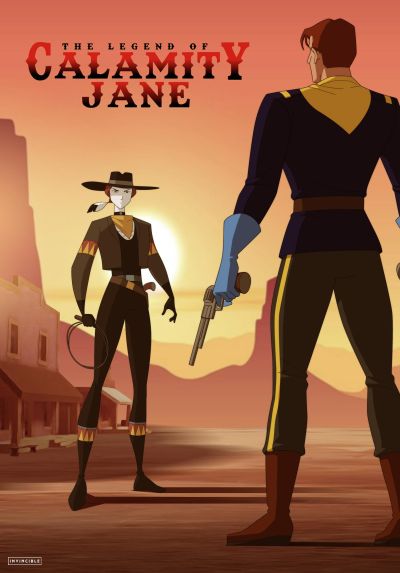 Martha Jane Cannary Burke, a.k.a. “Calamity Jane” (1852-1903) was a lot of things. But most of all she was the inventor of her own legend. By the end of the 19th century, dime novels based off her alleged adventures already sold very well. Unfortunately, the foul-mouthed and constantly drunk former frontier woman could never benefit financially from her reputation, with which others earned good money. She died early, though already perceived as a legend of the “old West”. To divide which of the many stories told about her are true, and which are not, is a job for the historians, not mine. For a character who definitely provided a “fill in the gaps” hero’s template, it’s no surprise Calamity Jane soon became a mythic legend of the “Wild West”, combined with other illustrious characters of that time such as “Wild Bill” Hickok, Wyatt Earp, Doc Holliday, Billy the Kid and many others.
Martha Jane Cannary Burke, a.k.a. “Calamity Jane” (1852-1903) was a lot of things. But most of all she was the inventor of her own legend. By the end of the 19th century, dime novels based off her alleged adventures already sold very well. Unfortunately, the foul-mouthed and constantly drunk former frontier woman could never benefit financially from her reputation, with which others earned good money. She died early, though already perceived as a legend of the “old West”. To divide which of the many stories told about her are true, and which are not, is a job for the historians, not mine. For a character who definitely provided a “fill in the gaps” hero’s template, it’s no surprise Calamity Jane soon became a mythic legend of the “Wild West”, combined with other illustrious characters of that time such as “Wild Bill” Hickok, Wyatt Earp, Doc Holliday, Billy the Kid and many others.
On the big screen, she has been portrayed by Jane Russell (The Paleface), Jean Arthur in The Plainsman, Doris Day in the beloved musical Calamity Jane, Angelica Huston (Buffalo Girls) and Ellen Barkin in Wild Bill (next to Jeff Bridges). On the small screen she could be seen, amongst others, in an episode of Bonanza, played by Stephanie Powers, and 3 seasons of Deadwood where Robin Weigert played a more modern and realistic version of her. As the Calamity Jane character is so prominent, and separate from the real person she once was, in a way similar to Robin Hood, the Musketeers, or Matthias Kohlhaas in Europe, it seemed only a matter of time until she would also find her way into an animated version of herself, which this series presents.
The Legend of Calamity Jane was a short-lived animated show that came out in 1997, a co-production of French TV channel Canal+ and The WB in America. The intent was to create something similar to the successful animated Batman show. Originally scheduled for 13 episodes, after just three weeks, the series vanished from the TV guides. While obviously not successful enough in the US, the full series ran as a dubbed version in several other countries. Over time, maybe partly due to not being available, the show developed a cult following.
Originally, Jennifer Jason Leigh was chosen to play Calamity, but for unknown reasons was replaced by Barbara Scarf, who does a good and satisfying job. Though remembering the roles Leigh played, and her subsequent role as an evil criminal in Tarantino’s western The Hateful Eight, one wonders how her Calamity Jane would have sounded. But then Calamity is a true blue hero here, so maybe Leigh wouldn’t really have fit this version of the character.
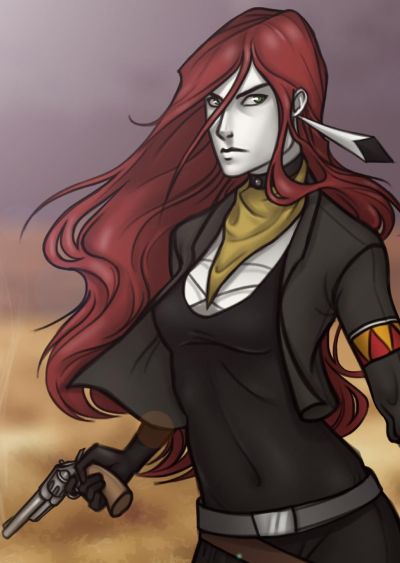 The show itself takes place around 1876 and is great fun. Calamity Jane is an adult, red-haired and green-eyed woman, with a whip that regularly comes in handy for dangerous situations. She is serious-minded and on the side of the law, meaning whenever help is needed, she will be there. She has a horse called Dakota and drinks milk (hey, what do you expect – it’s made for kids!). Always on her side is old Joe Presto (Welker) who can best be described as her comic sidekick, though sometimes comes across a bit simple-minded. Also, I sometimes had problems understanding his mumbling, though you get used to it. Of course, when you tell the story of Calamity Jane, Wild Bill Hickok is never far away. In real life she claimed that they were a couple in Deadwood. though according to historians, this could easily be another made-up story, as she was famous for doing. In this show, he helps her from time to time and is voiced by Clancy Brown (the Kurgan from Highlander).
The show itself takes place around 1876 and is great fun. Calamity Jane is an adult, red-haired and green-eyed woman, with a whip that regularly comes in handy for dangerous situations. She is serious-minded and on the side of the law, meaning whenever help is needed, she will be there. She has a horse called Dakota and drinks milk (hey, what do you expect – it’s made for kids!). Always on her side is old Joe Presto (Welker) who can best be described as her comic sidekick, though sometimes comes across a bit simple-minded. Also, I sometimes had problems understanding his mumbling, though you get used to it. Of course, when you tell the story of Calamity Jane, Wild Bill Hickok is never far away. In real life she claimed that they were a couple in Deadwood. though according to historians, this could easily be another made-up story, as she was famous for doing. In this show, he helps her from time to time and is voiced by Clancy Brown (the Kurgan from Highlander).
The stories are one-offs, concluding at the end of each week, and Calamity usually has to deal with villains or other problems. For example, in the first episode, she prevents a war between the Comanches and the army; in another one she brokers peace between a racist settler and the Blackfoot tribe. Some villains can be quite nasty, although I don’t recall her killing any of them. But others are less confrontational. In one story, she meets her long-lost father, and in another, she has to deal with a young girl who has run away from home, and wants to become like her.
Overall, the stories are entertaining and different enough, so they never fall into a pattern or get boring. Of course, what I liked especially was action scenes which were above what you might expect from a show at the end of the 90s. There really was no reason why the show failed to find an audience in the US. It definitely could have stood alongside Batman, and I personally think there would have been a place for both, as each were their own thing. Fortunately, the series has now been made available on DVD and Blu-Ray. Here’s hoping Calamity will find many new fans.
Dir: Pascal Morelli
Star (voice): Barbara Scaff, Frank Welker, Clancy Brown, Michael Horse





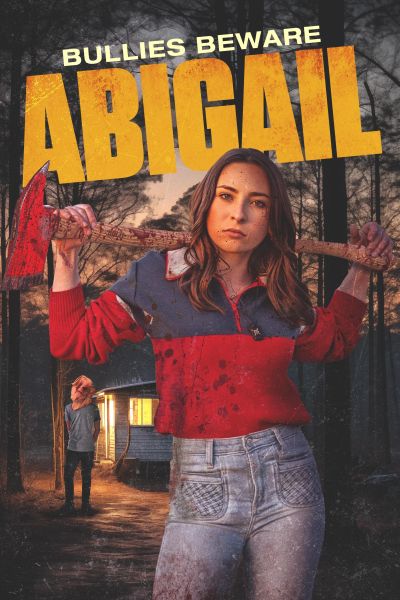 This is now the third film with the same title to be reviewed on the site: no
This is now the third film with the same title to be reviewed on the site: no 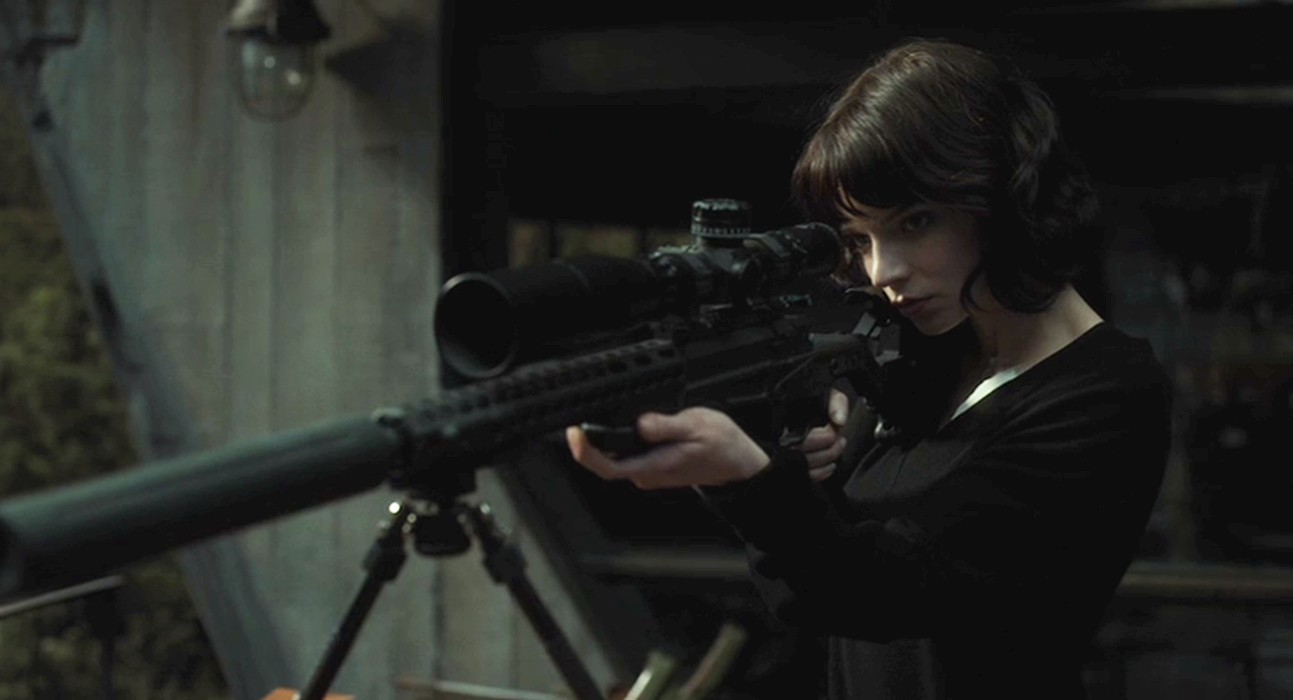 ★★★½
★★★½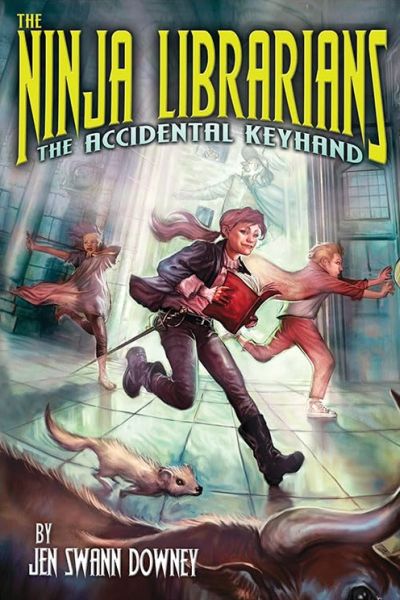 (That quote also answers the question of whether this is fantasy or science fiction; that would depend on whether the author intended us to view the speculative elements as enabled by magic –which, as noted above, she did!– or by natural phenomena/technology unknown to present science.) 12-year-old protagonist Dorothea “Dorrie” Barnes is a library-loving kid growing up in Passaic, New Jersey (I suspect this might be Downey’s hometown, but can’t confirm that), in a chaotic household with her inventor father, college instructor mom, 14-year-old brother Marcus, and three-year-old sister Miranda. (The family shares the house with her great-aunt Alice, who’s an anthropologist.) Dorrie’s a pretty ordinary tween, albeit one with a sense of justice and a liking for the idea of sword-fighting against villains; she’s got a blunt practice sword and takes a library-sponsored fencing and stage combat class. But when the book opens on the day of the library’s annual Pen and Sword Festival (a sort of low-budget Renaissance Faire), a succession of freak events will very soon suck Dorrie and Marcus into a most un-ordinary experience….
(That quote also answers the question of whether this is fantasy or science fiction; that would depend on whether the author intended us to view the speculative elements as enabled by magic –which, as noted above, she did!– or by natural phenomena/technology unknown to present science.) 12-year-old protagonist Dorothea “Dorrie” Barnes is a library-loving kid growing up in Passaic, New Jersey (I suspect this might be Downey’s hometown, but can’t confirm that), in a chaotic household with her inventor father, college instructor mom, 14-year-old brother Marcus, and three-year-old sister Miranda. (The family shares the house with her great-aunt Alice, who’s an anthropologist.) Dorrie’s a pretty ordinary tween, albeit one with a sense of justice and a liking for the idea of sword-fighting against villains; she’s got a blunt practice sword and takes a library-sponsored fencing and stage combat class. But when the book opens on the day of the library’s annual Pen and Sword Festival (a sort of low-budget Renaissance Faire), a succession of freak events will very soon suck Dorrie and Marcus into a most un-ordinary experience….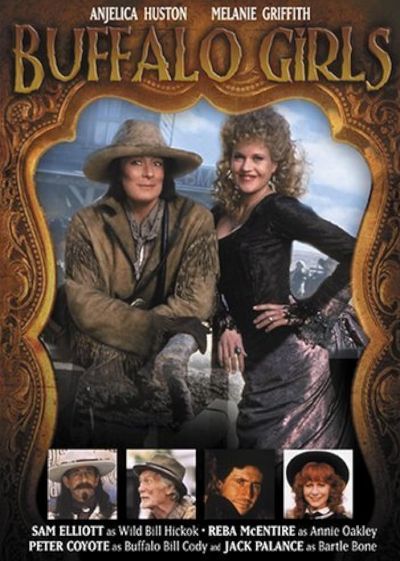 Calamity Jane is one of the larger-than-life figures who populated the Wild West in its later days, as it was gradually becoming civilized. The truth about who she was is hard to determine, with verifiable facts hard to come by. But like Robin Hood, this just makes her raw clay, to be moulded into whatever shape writers and film-makers want. In Jane’s case this means her over the decades being played by anyone from
Calamity Jane is one of the larger-than-life figures who populated the Wild West in its later days, as it was gradually becoming civilized. The truth about who she was is hard to determine, with verifiable facts hard to come by. But like Robin Hood, this just makes her raw clay, to be moulded into whatever shape writers and film-makers want. In Jane’s case this means her over the decades being played by anyone from 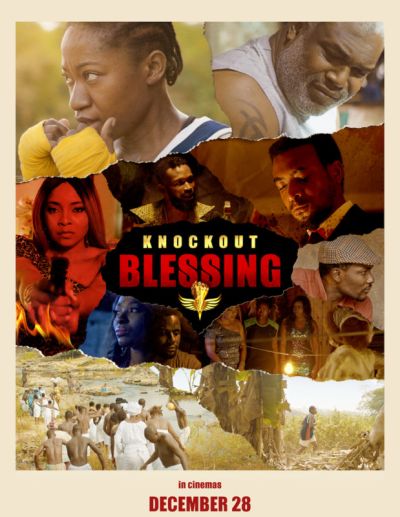 Always a pleasure to cross another country off the map, and this is the first movie we have ever reviewed here from Nigeria. Indeed, entries from anywhere in Africa have been very limited, and in general, I found this a pleasant surprise. In some countries, film-makers appear to be trying simply to imitate Hollywood. That’s not the case here: this
Always a pleasure to cross another country off the map, and this is the first movie we have ever reviewed here from Nigeria. Indeed, entries from anywhere in Africa have been very limited, and in general, I found this a pleasant surprise. In some countries, film-makers appear to be trying simply to imitate Hollywood. That’s not the case here: this  Not long ago, I tagged
Not long ago, I tagged 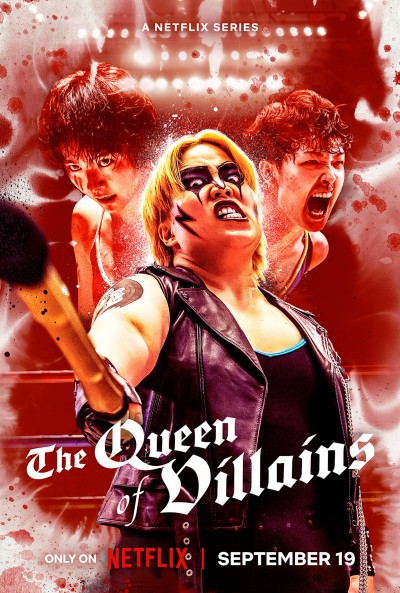 We all know professional wrestling is staged, with the outcomes predetermined, right? [Do not used the word “fake”: I will cut you!] Here, things are… murkier. This treads a delicate line between that and kayfabe, the wrestling term for promoting it as reality, and genuine competition. The stance here is interesting, suggesting that while those in charge, like promoter Toshikuni Matsunaga (Saitoh), can have a result in mind, that relies on those in the ring agreeing to it. This isn’t always the case [one wrestling show I remember attending definitely had a genuine fight, for backstage reasons], and here, Matsumoto is a loose cannon, prepared to go to any lengths to put herself over. Or her character: the lines are certainly blurred here, to the point of near invisibility.
We all know professional wrestling is staged, with the outcomes predetermined, right? [Do not used the word “fake”: I will cut you!] Here, things are… murkier. This treads a delicate line between that and kayfabe, the wrestling term for promoting it as reality, and genuine competition. The stance here is interesting, suggesting that while those in charge, like promoter Toshikuni Matsunaga (Saitoh), can have a result in mind, that relies on those in the ring agreeing to it. This isn’t always the case [one wrestling show I remember attending definitely had a genuine fight, for backstage reasons], and here, Matsumoto is a loose cannon, prepared to go to any lengths to put herself over. Or her character: the lines are certainly blurred here, to the point of near invisibility.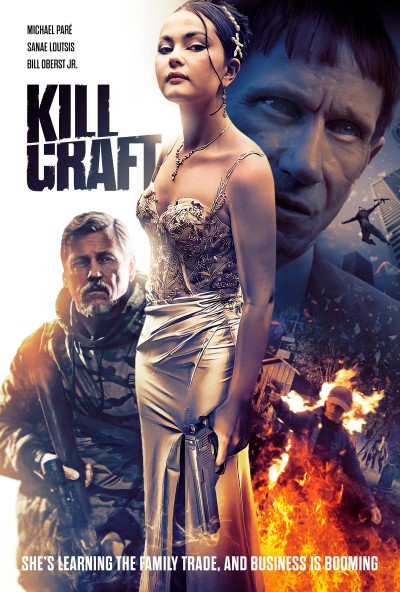 There is potential in the idea here. It’s a shame it ends up feeling like two separate movies, both of which come out feeling under-cooked. The main focus is on Marina Delon (Loutsis), a teenage girl with the typical teenage girl problems, e.g. bickering parents, generally sullen demeanour, etc. Except, her dad Thomas (Paré) is actually an assassin, working for the very strange Poe (Oberst). This has contributed to the marital strife, because his work is why mom is in a wheel-chair – and is not happy about it, to put it mildly. However, things are up-ended after Thomas is killed on a job, and Marina decides to take over the family business.
There is potential in the idea here. It’s a shame it ends up feeling like two separate movies, both of which come out feeling under-cooked. The main focus is on Marina Delon (Loutsis), a teenage girl with the typical teenage girl problems, e.g. bickering parents, generally sullen demeanour, etc. Except, her dad Thomas (Paré) is actually an assassin, working for the very strange Poe (Oberst). This has contributed to the marital strife, because his work is why mom is in a wheel-chair – and is not happy about it, to put it mildly. However, things are up-ended after Thomas is killed on a job, and Marina decides to take over the family business.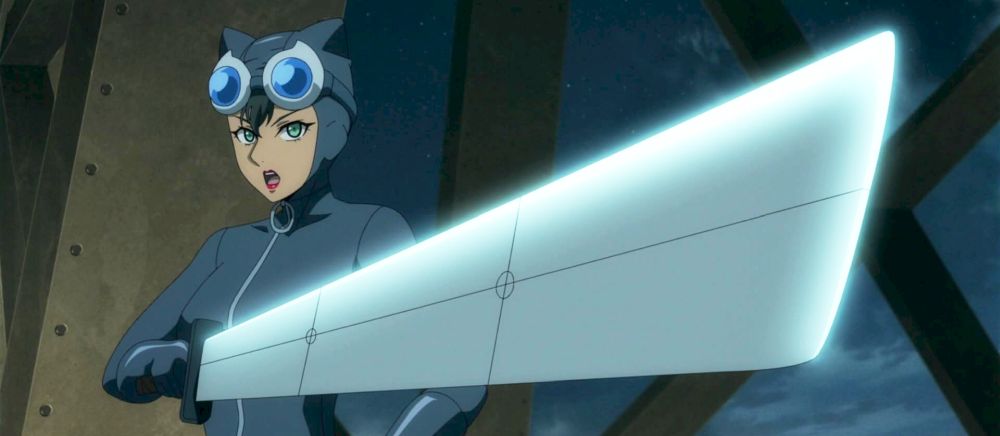 ★★
★★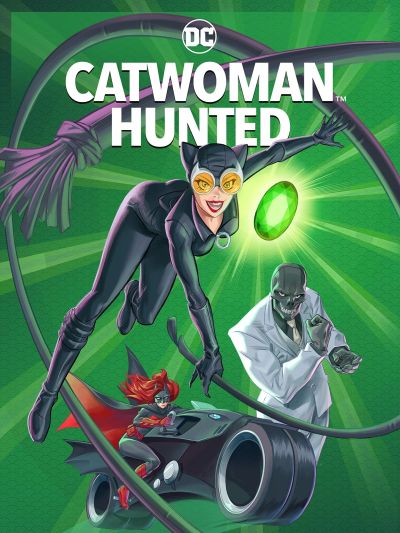 What sounds as if it could be an interesting story, turned out to be a very disappointing movie. I had to watch it twice because even though the film is a short 78 minutes, I almost fell asleep. The introduction to the story feels clumsily handled, scenes are overlong, and after we know where the story wants to go, the movie basically is a constant follow-up of fight scenes of Catwoman and Batwoman against a range of well-known and lesser known DC villains. These include Cheshire, Nosferata (one I had never heard of before, and I used to read DC comics quite regularly in my youth), Solomon Grundy and the Cheetah herself, Barbara Minerva who is Leviathan’s chairwoman, though Talia al Gul is managing everything from the shadows.
What sounds as if it could be an interesting story, turned out to be a very disappointing movie. I had to watch it twice because even though the film is a short 78 minutes, I almost fell asleep. The introduction to the story feels clumsily handled, scenes are overlong, and after we know where the story wants to go, the movie basically is a constant follow-up of fight scenes of Catwoman and Batwoman against a range of well-known and lesser known DC villains. These include Cheshire, Nosferata (one I had never heard of before, and I used to read DC comics quite regularly in my youth), Solomon Grundy and the Cheetah herself, Barbara Minerva who is Leviathan’s chairwoman, though Talia al Gul is managing everything from the shadows. Another ill-fitting decision is the score by Yutaka Yamada. Don’t get me wrong. His music will probably please you if you like jazz, but for a DC action movie it’s just the wrong choice. What almost – but only almost – saves the movie is the final chase when Barbara Minerva turns into an oversized version of her Cheetah personality and goes after Catwoman. For the first time in this movie you have the feeling Catwoman is in real danger. But this is too little too late. It can’t compensate for all the mistakes that had been made in the movie before.
Another ill-fitting decision is the score by Yutaka Yamada. Don’t get me wrong. His music will probably please you if you like jazz, but for a DC action movie it’s just the wrong choice. What almost – but only almost – saves the movie is the final chase when Barbara Minerva turns into an oversized version of her Cheetah personality and goes after Catwoman. For the first time in this movie you have the feeling Catwoman is in real danger. But this is too little too late. It can’t compensate for all the mistakes that had been made in the movie before.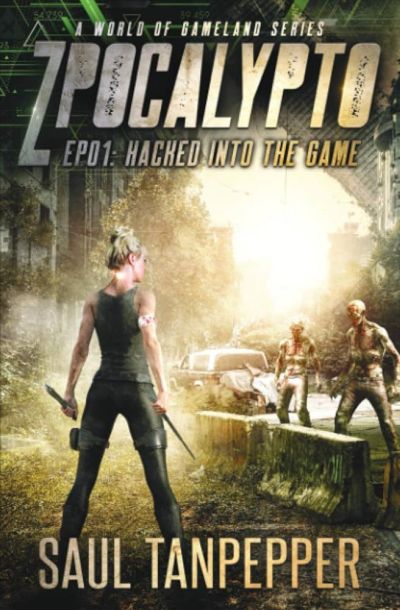 The literary rating is mostly down to the sluggish way in which this gets going. Though having subsequently discovered this is the first in a
The literary rating is mostly down to the sluggish way in which this gets going. Though having subsequently discovered this is the first in a